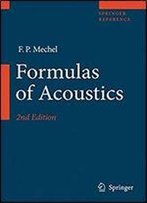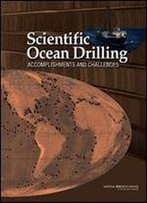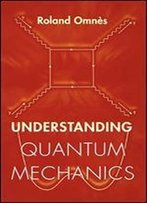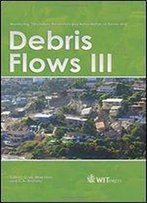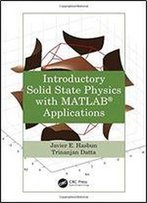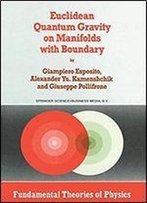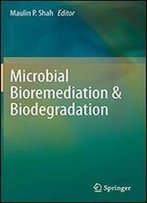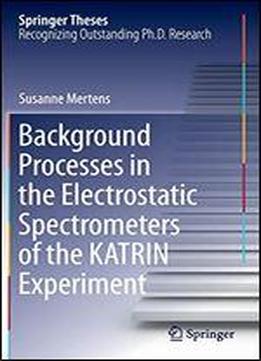
Background Processes In The Electrostatic Spectrometers Of The Katrin Experiment (springer Theses)
by Susanne Mertens /
2013 / English / PDF
13.1 MB Download
Neutrinos continue tobe the most mysterious and, arguably, the most fascinating particles of the Standard Model as their intrinsic properties such as absolute mass scale and CP properties are unknown. The open question of the absolute neutrino mass scale will be addressed with unprecedented accuracy by the Karlsruhe Tritium Neutrino (KATRIN) experiment, currently under construction. This thesisfocusses on the spectrometer part of KATRIN and background processes therein. Various background sources such as small Penning traps, as well as nuclear decays from single radon atoms are fully characterized here for the first time. Most importantly, however, it was possible to reduce the background in the spectrometer by more than five orders of magnitude by eliminating Penning traps and by developing a completely new background reduction method by stochastically heating trapped electrons using electron cyclotron resonance (ECR). The workbeautifully demonstrates that the obstacles and challenges in measuring the absolute mass scale of neutrinos can be met successfully if novel experimental tools (ECR) and novel computing methods (KASSIOPEIA) are combined to allow almost background-freetritium -spectroscopy.
